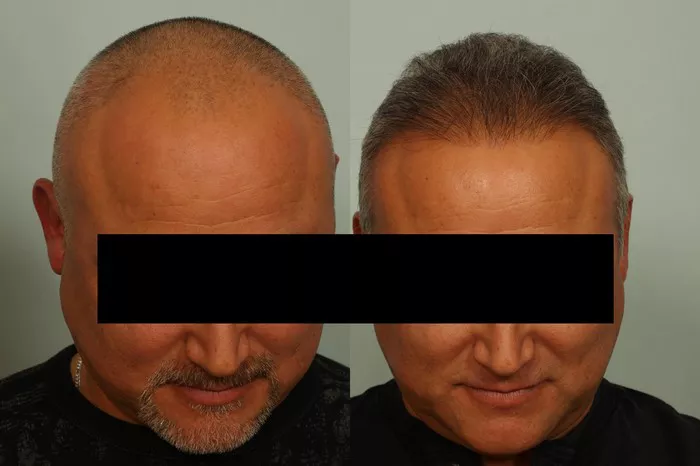Hair loss is a common concern that can significantly impact one’s self-esteem and confidence. For those seeking a more permanent solution, hair transplant procedures have emerged as a popular and effective option. However, the question that often lingers is whether a hair transplant is worth it in the long term. In this article, we delve into the various aspects of hair transplants to help individuals make informed decisions about their long-term efficacy.
Understanding Hair Transplants: A Brief Overview
Hair transplantation is a surgical procedure that involves the extraction of hair follicles from a donor site, usually the back or sides of the scalp, and their transplantation to areas with thinning or no hair. The two primary methods employed are Follicular Unit Transplantation (FUT) and Follicular Unit Extraction (FUE). Both methods aim to achieve natural-looking results by strategically placing healthy hair follicles in areas of baldness or thinning.
Immediate Results vs. Long-Term Satisfaction
One of the key considerations when contemplating a hair transplant is the balance between immediate results and long-term satisfaction. Patients often experience an initial boost in confidence as the transplanted hair starts to grow, providing a fuller and more natural appearance. However, it’s essential to have realistic expectations, as the full results of a hair transplant may take several months to become apparent.
The success of a hair transplant is influenced by various factors, including the skill of the surgeon, the quality of the donor hair, and the patient’s adherence to post-operative care instructions. While the immediate transformation is gratifying, individuals must recognize that the longevity of the results depends on several variables.
Natural Hair Growth Cycles and Long-Term Maintenance
Understanding the natural hair growth cycles is crucial for assessing the long-term worth of a hair transplant. Hair goes through phases of growth, rest, and shedding. The transplanted hair initially goes through a shedding phase, but it eventually enters the growth phase and behaves like normal, healthy hair. However, it’s important to note that the native hair around the transplanted area may continue to thin over time due to genetic factors.
To maintain the long-term results of a hair transplant, individuals may need additional sessions or follow-up treatments. This is particularly relevant for those with progressive hair loss, as the native hair may continue to thin, creating an uneven appearance. Periodic assessments and potential touch-up procedures can help address these changes and ensure a more consistent and natural-looking outcome.
Consideration of Genetic Factors and Future Hair Loss
Genetics plays a significant role in hair loss, and individuals considering a hair transplant must take this factor into account for long-term planning. While the transplanted hair is often resistant to the effects of genetic hair loss, the surrounding native hair may still be susceptible. As a result, individuals with a family history of extensive hair loss may need to manage their expectations and be prepared for potential future hair loss in untreated areas.
Before undergoing a hair transplant, thorough consultations with a qualified surgeon can help assess individual risk factors and tailor the treatment plan accordingly. Managing expectations and discussing long-term strategies, including the possibility of additional procedures, can contribute to a more satisfying and sustainable outcome.
Advancements in Hair Transplant Technology
The landscape of hair transplantation has evolved significantly over the years, with continuous advancements in technology and techniques. Modern procedures, such as robotic-assisted FUE and improved graft extraction methods, have enhanced the precision and efficiency of hair transplants. These advancements contribute to better outcomes and increased patient satisfaction.
As technology continues to progress, the long-term worth of hair transplants is likely to improve. Research and innovation in the field may lead to more effective treatments and solutions for maintaining and enhancing transplanted hair over an extended period.
See Also: 10 Factors Affecting Hair Transplantation: A Complete Guide
Conclusion
In the quest for a more permanent solution to hair loss, hair transplants have proven to be a viable option for many individuals. Assessing the long-term worth of a hair transplant involves considering various factors, including realistic expectations, natural hair growth cycles, genetic predispositions, and advancements in technology. While a well-executed hair transplant can provide enduring results, individuals should approach the decision with a comprehensive understanding of the factors that influence long-term satisfaction. Thorough consultations with experienced professionals and a commitment to post-operative care can contribute to a successful and enduring outcome, allowing individuals to enjoy the benefits of a fuller head of hair for years to come.


